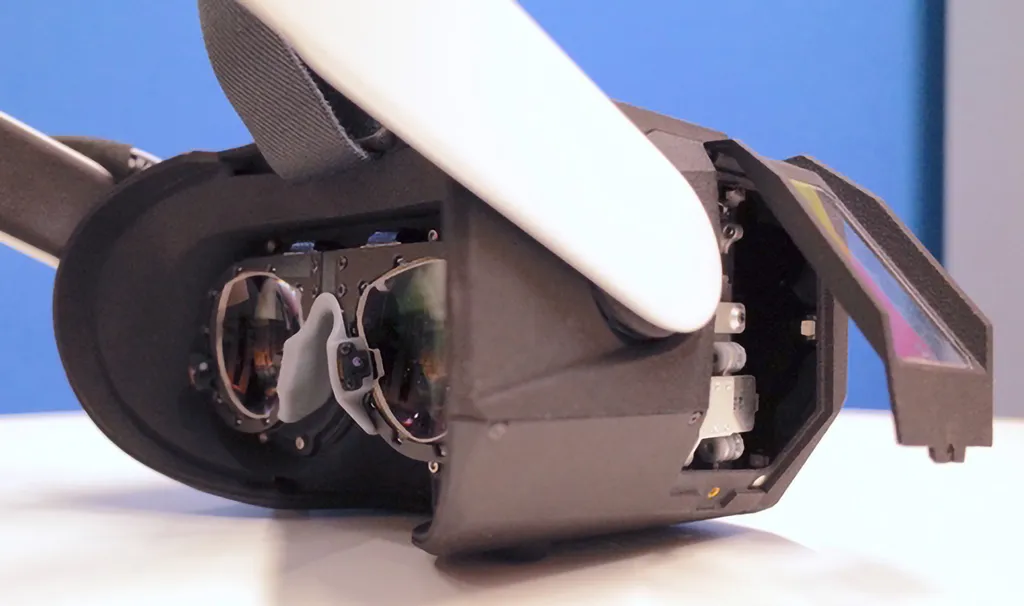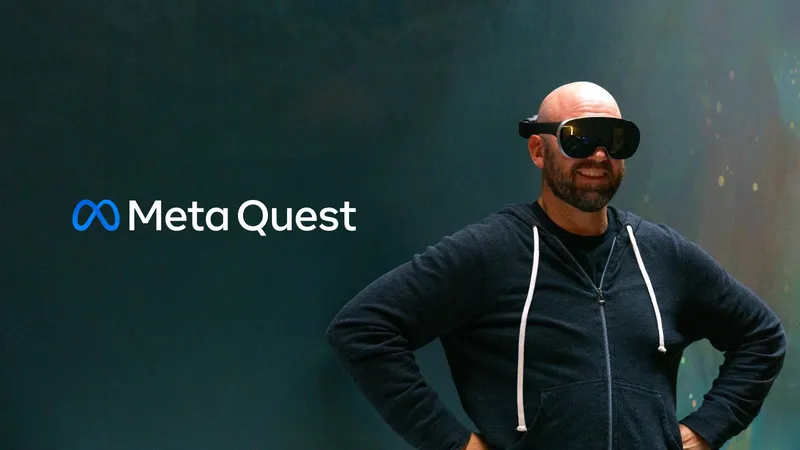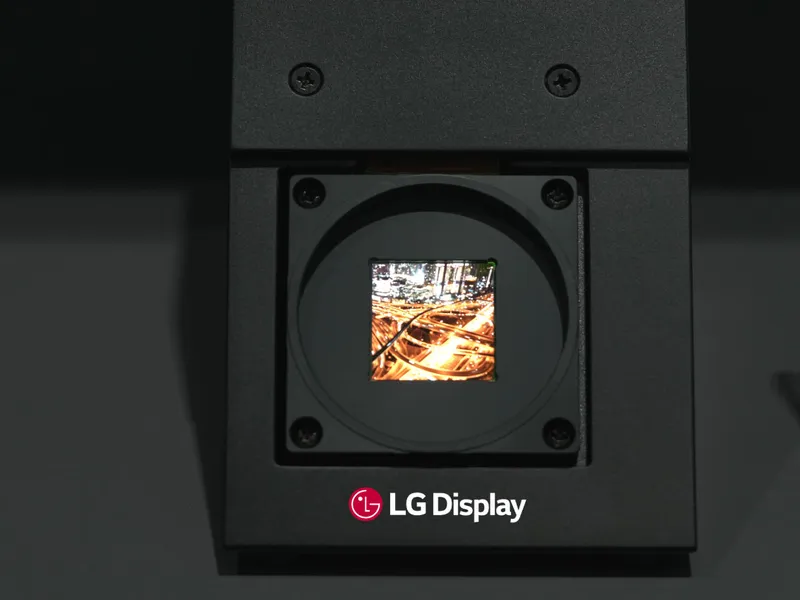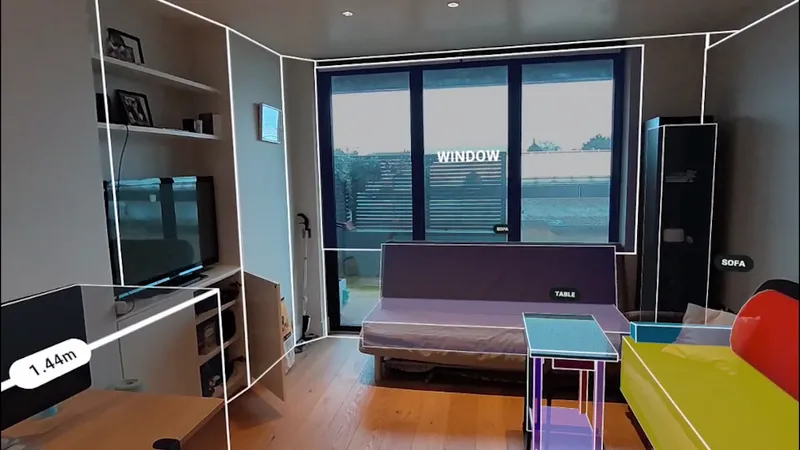Meta will show a varifocal VR headset prototype with close to retinal resolution at SIGGRAPH 2023 in August.
The 'Retinal-resolution Varifocal VR' headset is described as follows:
We develop a virtual reality head-mounted display that achieves near retinal resolution with an angular pixel density up to 56 pixels per degree, supporting a wide range of eye accommodation from 0 to 4 diopter (i.e., infinity to 25 cm), and matching the dynamics of eye accommodation.
SIGGRAPH is a yearly conference where researchers showcase breakthroughs in computer graphics hardware & software. Last year Meta showed off Starburst, a HDR research prototype with 20,000 nits brightness, the highest of any known headset. This year Meta will show near-retinal resolution and varifocal optics.
UploadVR went eyes-in with Starburst last year, and we've reached out to Meta about the possibility of going hands on with this year's prototype too.
Retinal Resolution
Angular resolution is the true measure of the resolution of head-mounted displays because it accounts for differences in field of view between headsets by describing how many pixels you actually see in each degree of your vision, the pixels per degree (PPD). For example, if two headsets use the same display but one has a field of view twice as wide, it would have the same resolution yet just half the PPD.
‘Retinal’ is a term used to describe angular resolution exceeding what the human eye can discern. The generally accepted threshold is 60 PPD.
No consumer VR headset today comes close to this – Quest Pro reaches around 22 PPD, while Bigscreen Beyond is claimed at 32 PPD and the $1990 Varjo Aero reaches 35. Varjo’s $5500 business headsets do actually reach retinal resolution, but only in a tiny rectangle in the center of the view.
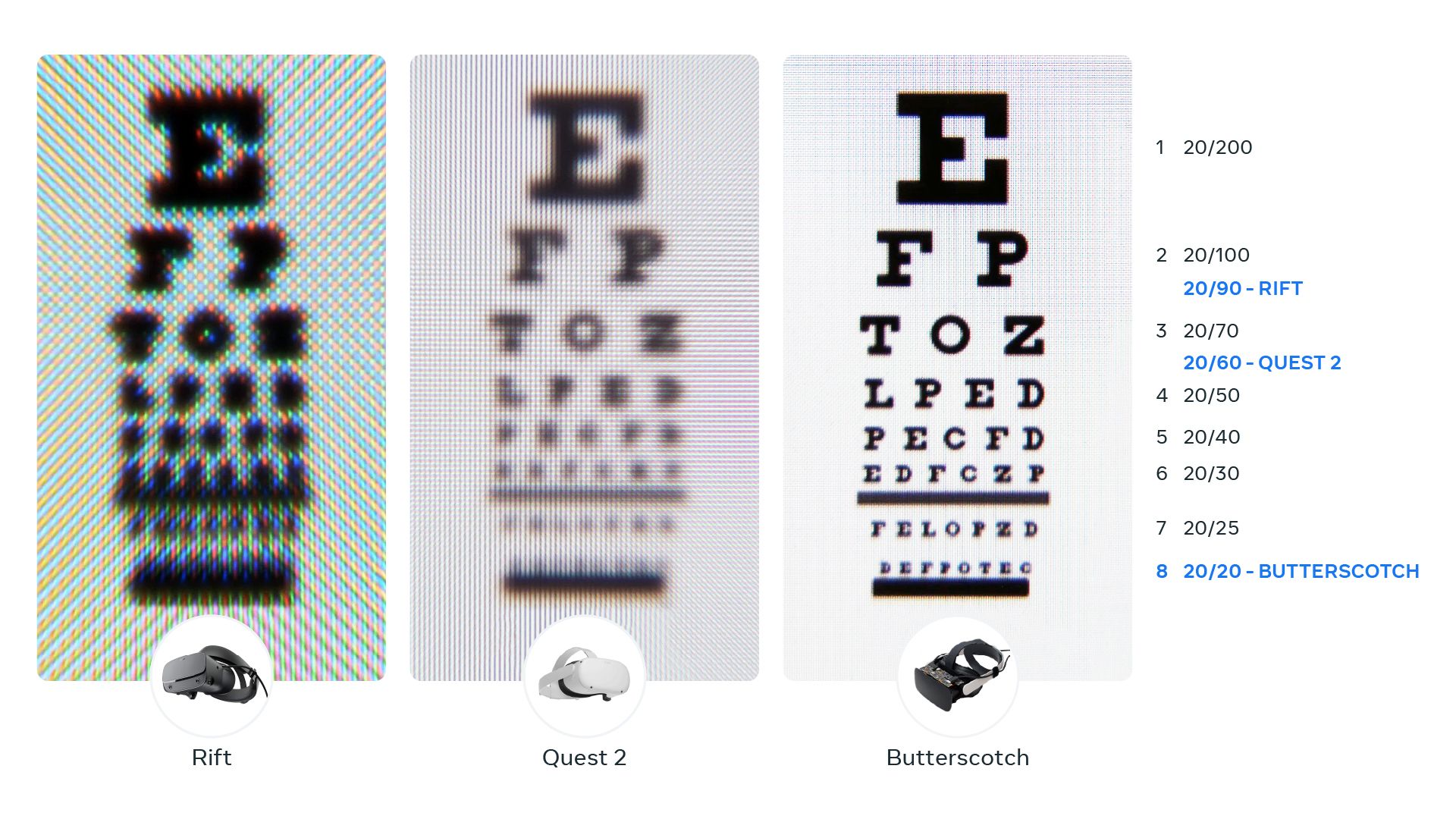
Last year, Meta showed off a research prototype achieving 55 PDD called Butterscotch. Its stated purpose was to demonstrate and research the feeling of retinal resolution, and it had a field of view only half as wide as Quest 2.
Butterscotch and the headset being shown at SIGGRAPH are not meant to be direct paths to actual products. But in December, Meta did confirm it was developing displays and optical systems to achieve retinal resolution "on our product roadmap".
Varifocal Lenses
All current headsets on the market have fixed focus lenses. Each eye gets a separate perspective but the image is focused at a fixed focal distance, usually a few meters away. Your eyes will point (converge or diverge) toward the virtual object you’re looking at, but can't actually focus (accommodate) to the virtual distance to the object.
This is called the vergence-accommodation conflict. It causes eye strain, makes VR feel less real, and can make virtual objects look blurry close up.
In 2018, Facebook showed off a prototype headset called Half Dome, which incorporated eye tracking to rapidly mechanically move the displays forward and back to adjust focus. Half Dome solved the vergence-accommodation conflict but the mechanical approach would present serious reliability problems in the real world, making it unsuitable to be shipped in products.
In 2019, Facebook described Half Dome 2 and Half Dome 3. Half Dome 2 used more reliable actuators and a more compact (but lower field of view) design. Half Dome 3, however, took a completely new approach with no moving parts. Instead of moving the displays, Half Dome 3 uses a stack of liquid crystal lens layers with voltage applied to activate them in different combinations for varying focus distances.
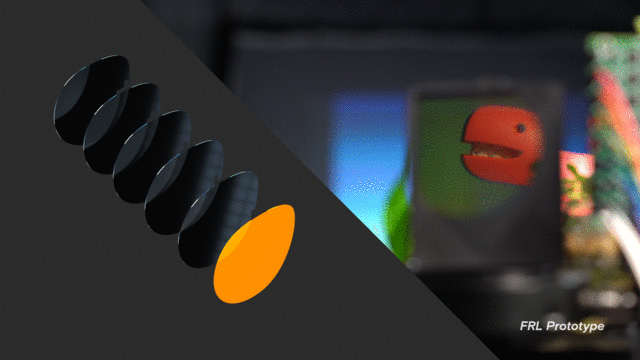
Meta says the varifocal prototype being shown at SIGGRAPH 2023 is capable of supporting accommodation from 25 cm to infinity, so you could focus on objects up close or in the far distance. It hasn't yet confirmed how the new prototype's varifocal technology works, though.
In 2020, Facebook's Director of Display Systems Research described varifocal optics as "almost ready for primetime", but when showing the Mirror Lake compact varifocal concept last year Mark Zuckerberg suggested its technology won't be seen in products until “the second half of the decade”.

